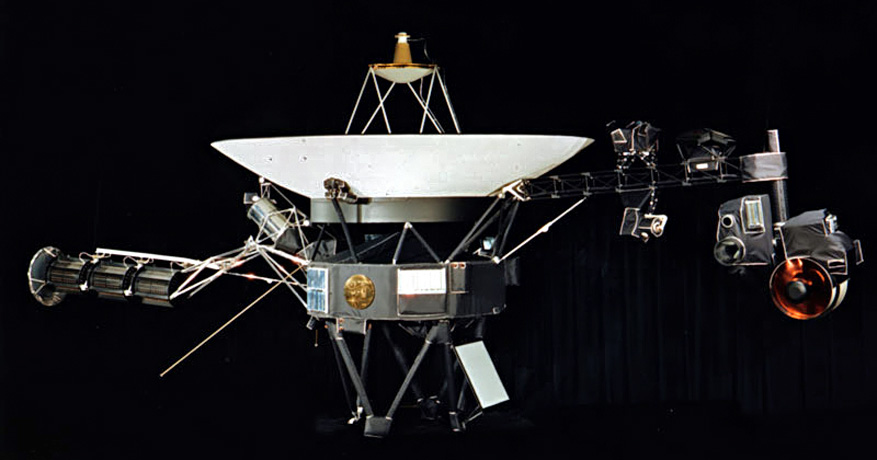Engineers have confirmed that a small portion of corrupted memory in one of the computers aboard NASA's Voyager 1 has been causing the spacecraft to send unreadable science and engineering data to Earth since last November.
Engineers have confirmed that a small portion of corrupted memory in one of the computers aboard NASA's Voyager 1 has been causing the spacecraft to send unreadable science and engineering data to Earth since last November.
Since November 2023, NASA's Voyager 1 spacecraft has been sending a steady radio signal to Earth, but the signal does not contain usable data. The source of the issue appears to be with one of three onboard computers, the flight data subsystem (FDS), which is responsible for packaging the science and engineering data before it's sent to Earth by the telemetry modulation unit.
Engineers are working to resolve an issue with one of Voyager 1's three onboard computers, called the flight data system (FDS).

Launched in 1977, NASA's twin Voyager spacecraft are the agency's longest-operating and farthest-flung probes. Voyager 1 visited Jupiter and Saturn, revealing new features of both planets and their moons. Voyager 2 followed its twin to Jupiter and Saturn before changing its trajectory to fly by Uranus and Neptune.

Since November 2023, NASA’s Voyager 1 spacecraft has been sending a steady radio signal to Earth, but the signal does not contain usable data.

Engineers are working to resolve an issue with one of Voyager 1’s three onboard computers, called the flight data system (FDS). The spacecraft is receiving and executing commands sent from Earth; however, the FDS is not communicating properly with one of the probe’s subsystems, called the telemetry modulation unit (TMU).